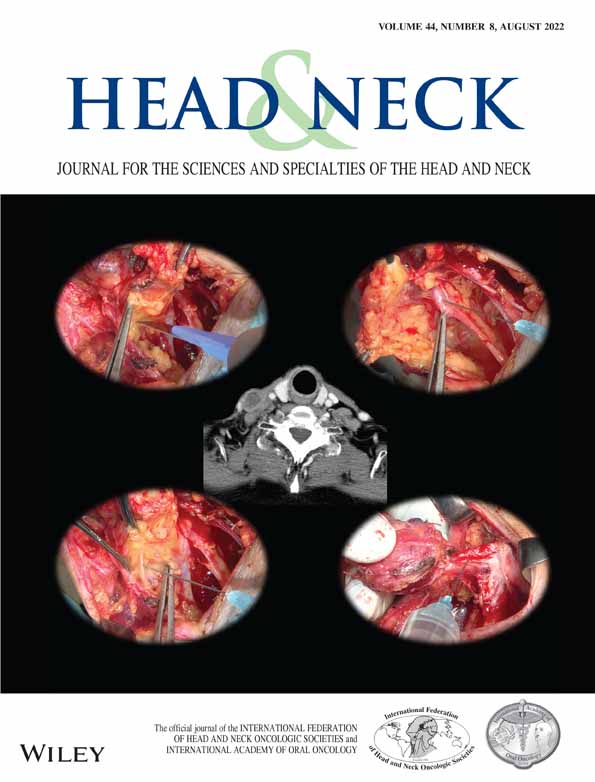Assessing plasma circulating tumor human papillomavirus (HPV) DNA in determining treatment response in HPV-associated oropharyngeal cancer
Abstract
Background
Human papillomavirus (HPV)-mediated oropharyngeal squamous cell carcinoma is a subset of head and neck cancer with a unique mechanism of carcinogenesis. Local disease is treated definitively with a multimodal approach. Navigating recurrences can be challenging, as they are sometimes indiscernible from de novo primary malignancies. Identification of dynamic biomarkers that are specific to HPV-mediated disease may assist in disease monitoring. We present a 78-year-old man who developed a squamous cell carcinoma in the lung 7 years after completing definitive chemoradiation for his p16+ head and neck squamous cell carcinoma.
Methods
A novel assay for plasma circulating tumor HPV DNA was employed and provided a tool for longitudinal disease monitoring during therapy.
Conclusion
We bring attention to a novel assay and highlight its potential for use in the treatment paradigm of HPV-mediated oropharyngeal carcinoma.
Open Research
DATA AVAILABILITY STATEMENT
Data sharing is not applicable to this article as no new data were created or analyzed in this study.




